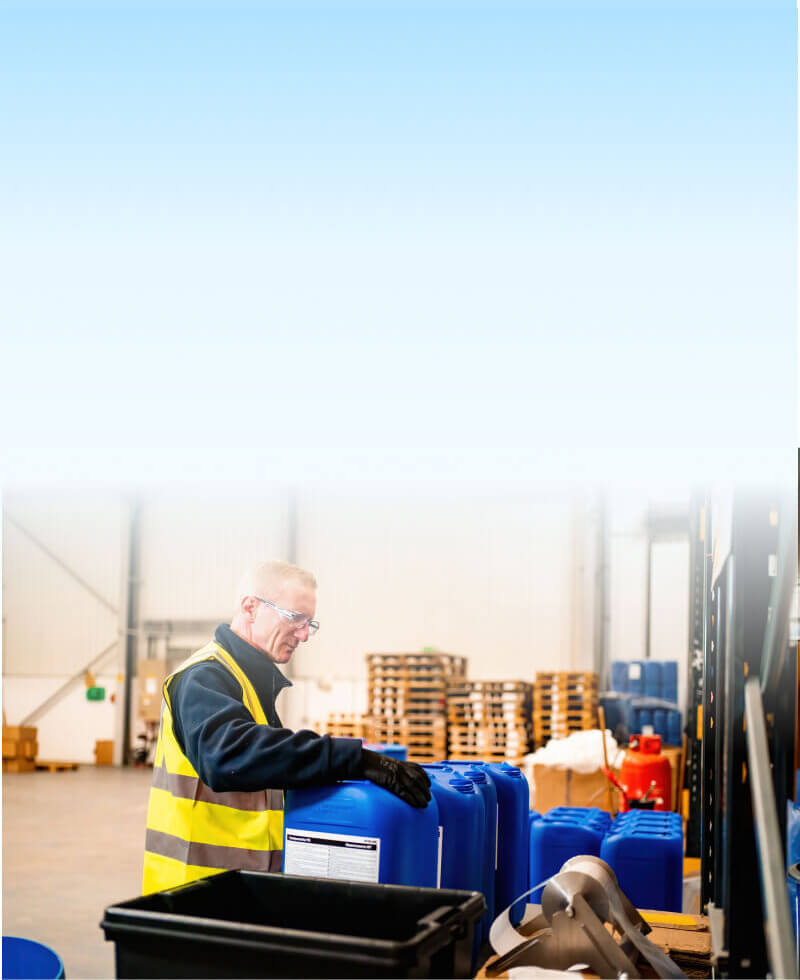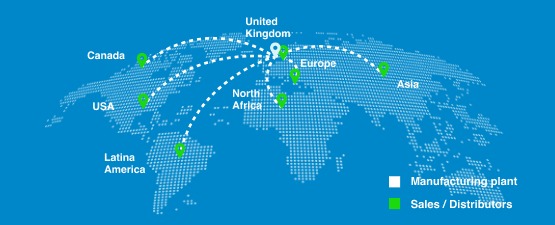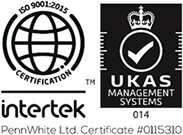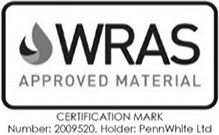
Who we are
Specialty chemicals. Sustainable impact.
PennWhite is a leading global manufacturer of foam control agents under the FoamDoctor® brand. For over 35 years, we’ve been leveraging science to offer superior foam control agents to eliminate unwanted foam in all types of industries. It is a subsidiary of Manali Petrochemicals Limited (MPL), a company listed on the Bombay Stock Exchange (BSE), India’s only integrated manufacturer of polyols and a part of AM International, Singapore.
Our goal: to create formulations that are suitable for any environment where the creation of foam needs to be contained with optimal efficiency and minimise the environmental impact.






















